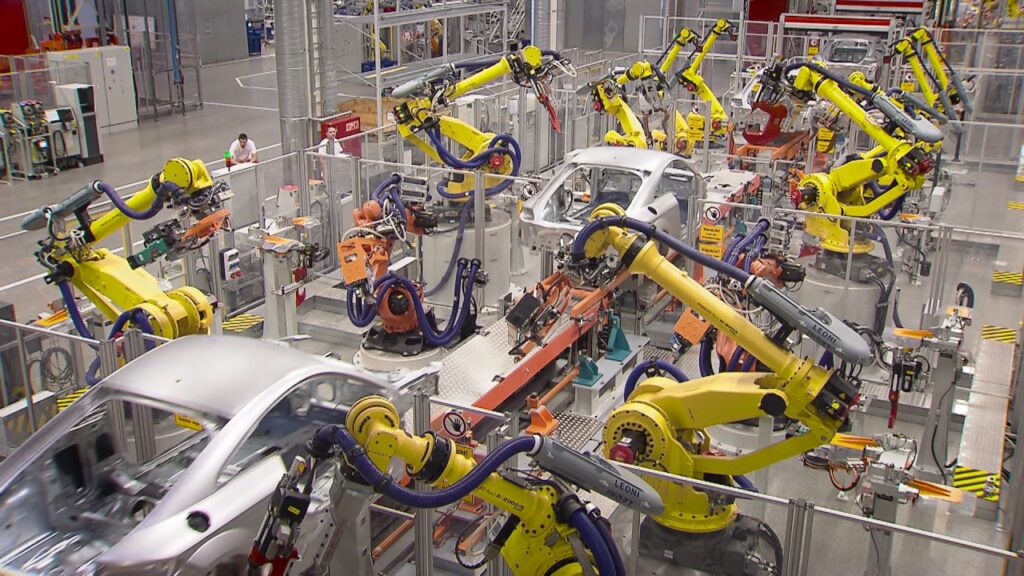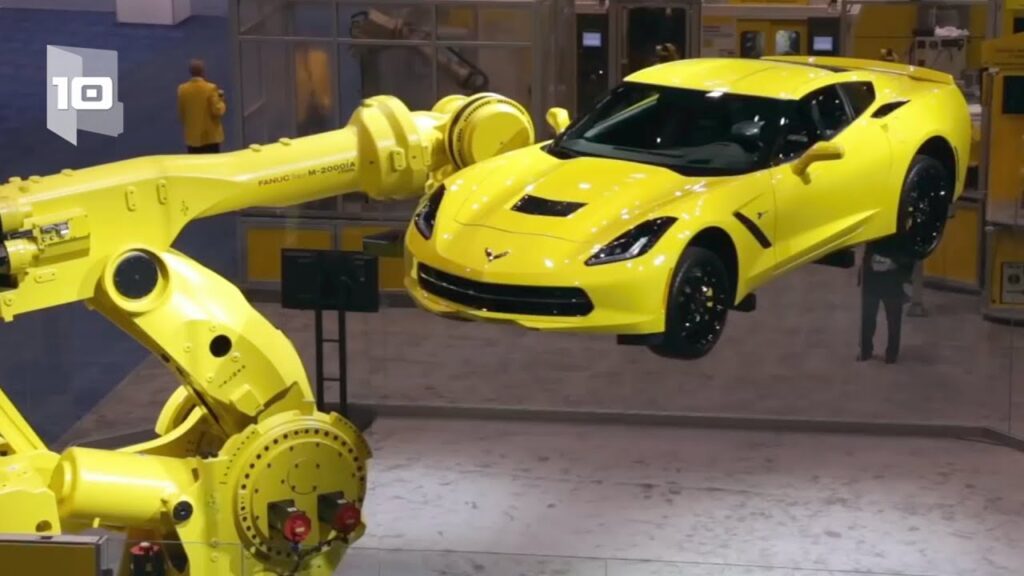Industrial Robots: Revolutionizing the Factory Floor
Industrial robots have become an integral part of modern manufacturing processes, transforming the way factories operate and streamlining production like never before. With an increasing demand for efficiency and productivity, these technological marvels have taken center stage in factories worldwide. In fact, it is estimated that ninety percent of all the robots in the world live in factories, a testament to their widespread adoption and effectiveness in the industrial landscape.
The availability of cheap human labor in countries like China and the Far East has long been a driving force behind the use of industrial robots. For many years, this region has prospered due to its skilled yet cost-effective workforce. However, as labor costs inevitably rise over time, manufacturers have turned to automation to remain competitive. This shift has led to a surge in the utilization of industrial robots, which offer a promising solution to the growing challenge of rising labor costs.
Industrial robots, also known as robotic arms, are highly sophisticated machines designed to perform various tasks with precision, speed, and efficiency. Equipped with advanced sensors and programming, these robots are capable of executing repetitive and often dangerous tasks that would previously have been carried out by human workers. From assembly lines to material handling, industrial robots have revolutionized the factory floor by automating a wide range of processes.
The incredible growth in industrial robot usage can largely be attributed to their numerous advantages over conventional human labor. First and foremost, unlike human workers who need rest and breaks, robots can operate continuously without fatigue. This non-stop productivity significantly increases output and reduces the risk of errors caused by fatigue-related factors. Furthermore, industrial robots excel in performing tasks that require a high level of precision, ensuring consistently accurate results and enhancing product quality.
In terms of speed, robots are unparalleled. The rapidity with which they can carry out tasks significantly reduces production timelines, enabling manufacturers to meet tight deadlines and customer demands efficiently. Additionally, industrial robots are not affected by factors such as weather conditions that may impede human workers. They are able to perform consistently under any circumstances, ensuring uninterrupted production even in the harshest environments.
One might argue that the rise of industrial robots could jeopardize human employment opportunities. However, this assumption is far from the truth. While it is true that certain manual jobs may become obsolete due to automation, the implementation of industrial robots opens up new avenues for human workers. It allows them to focus on more intricate and intellectually stimulating tasks that require creativity, critical thinking, and problem-solving skills. With robots taking care of repetitive and mundane tasks, human workers can unleash their full potential and contribute more effectively to the overall success of the manufacturing process.
The impact of industrial robots on the global market has been nothing short of extraordinary. The versatility of these machines ensures their applicability across various industries, ranging from automotive and electronics to pharmaceuticals and food production. The robust demand for industrial robots has prompted manufacturers to constantly push the boundaries of technological innovation, resulting in more advanced and capable robots every year.
Looking ahead, the future of industrial robots seems brighter than ever. As technology continues to evolve, so do the capabilities of these machines. Artificial intelligence, machine learning, and advanced sensors are revolutionizing the way industrial robots operate, making them even more efficient, adaptable, and autonomous. This trend suggests that industrial robots will play an increasingly vital role in the manufacturing landscape, one that extends far beyond the factory floor.
In conclusion, the prevalence of industrial robots in factories around the world is a testament to their remarkable impact on modern manufacturing. These machines have revolutionized the nature of work, allowing manufacturers to achieve greater productivity, efficiency, and quality. While some may view industrial robots as a threat to human employment, their implementation actually opens up new opportunities for workers to contribute their unique skills and intellect. With the continued advancement and integration of industrial robots, we can expect the manufacturing landscape to continue evolving, paving the way for a future defined by innovation and efficiency.
References:
– Industrial Robots. (n.d.). Retrieved from *insert reference here*
– How do industrial robots work? (n.d.). Retrieved from *insert reference here*
Industrial Robot
Breaking Down the Mechanics of Industrial Robots – Unveiling the Inner Workings of Advanced Automation Technology


